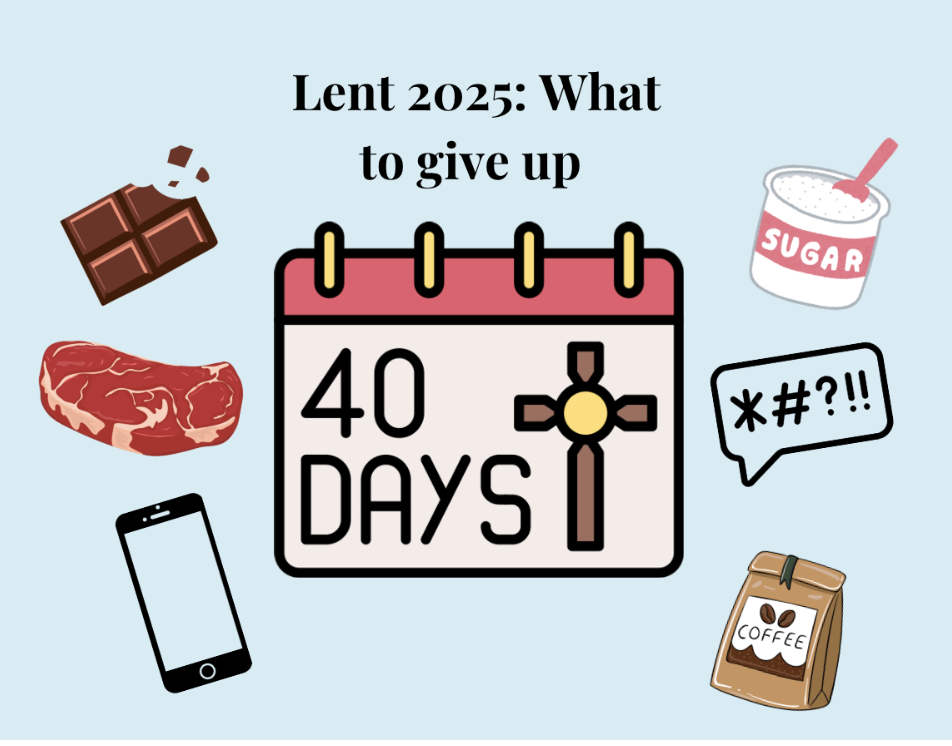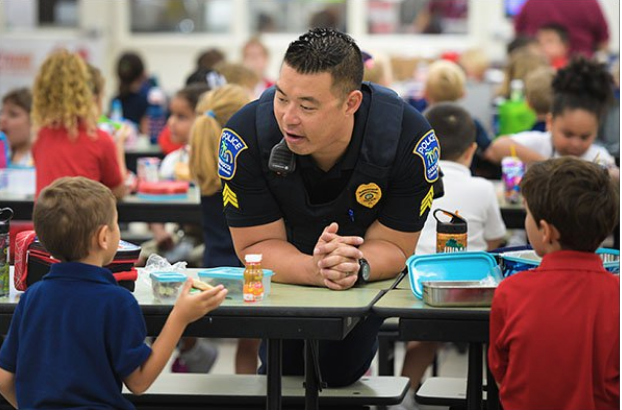Reactionary school security measures lack foresight to prevent violence
We live in a time where school-shootings have somehow become the mainstream. In this day and age, armed School Resource Officers (SROs) are just another staff member you pass in the cafeteria. As disgusting as it is, schools are a target for violence; last year, the US carried the weight of 113 school-shooting casualties, according to BBC News.
Staples has implemented several different safety procedures over the past few years including hiring our own SRO, installing bullet-resistant window coatings, bollards and auto-locking doors as well as punishing students who open any doors to let others inside the building. However, as reassuring as these precautions may seem, they don’t actually do much to ensure our safety.
Yes, bullets will no longer be able to penetrate through windows; however, what is to stop a student from pulling out a gun in the middle of history class and executing their classmates? While each new safety measure may protect against one specific thing, in the end, it’s a drop in a rainstorm.
In reality, just investing in the appearance of safety has shown no evidence of making schools safer, according to Center for American Progress. So before we spend any more money on reinforced doors and combat training, we need to figure out what’s actually effective.
This begs the question: can schools ever be safe, and do the changes we make create a safer environment or do perpetrators just find ways to adapt?
Sadly, there is likely no successful way to truly protect schools without turning them into a police state. Staples does not have an individual who checks bags when students walk into school, and if someone decides to bring a gun to school, nobody would be able to stop them. It would be as simple as placing a weapon in your backpack along with your science homework before school.
In the wake of the Parkland shooting, students were outfitted with transparent plastic backpacks. Though monitoring backpacks might seem like a lasting solution to the problem now, people will inevitably find ways to work around the system.
Frankly, even if it were realistically possible to secure educational facilities to an absolute degree, convenience tends to trump safety no matter where you go.
Although University of South Carolina student Samantha Josephson’s was murdered by the man she thought was her Uber driver just last month, students have not stopped using freelance ride-apps despite safety concerns.
All anyone can do is rely on the goodness of people because even if it were possible to protect us, time has shown that our own safety takes a backseat to whatever easy convenience we encounter, no matter the risks.

Staff Writer Seth McCoy ’19 said he first joined join Advanced Journalism because he “was told this was a very cool class.” In addition to writing...


















































